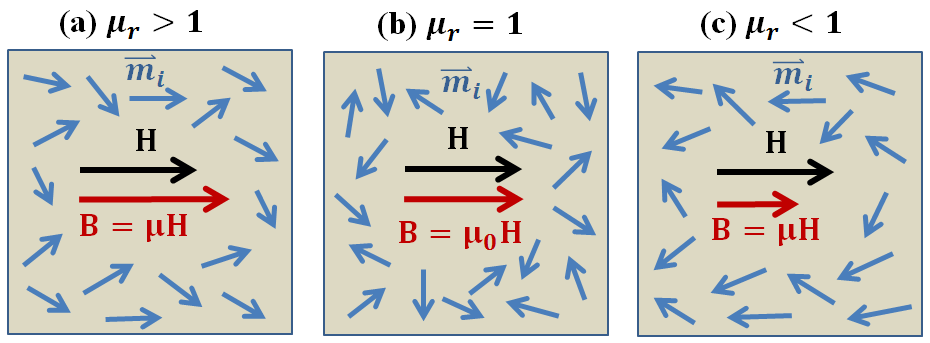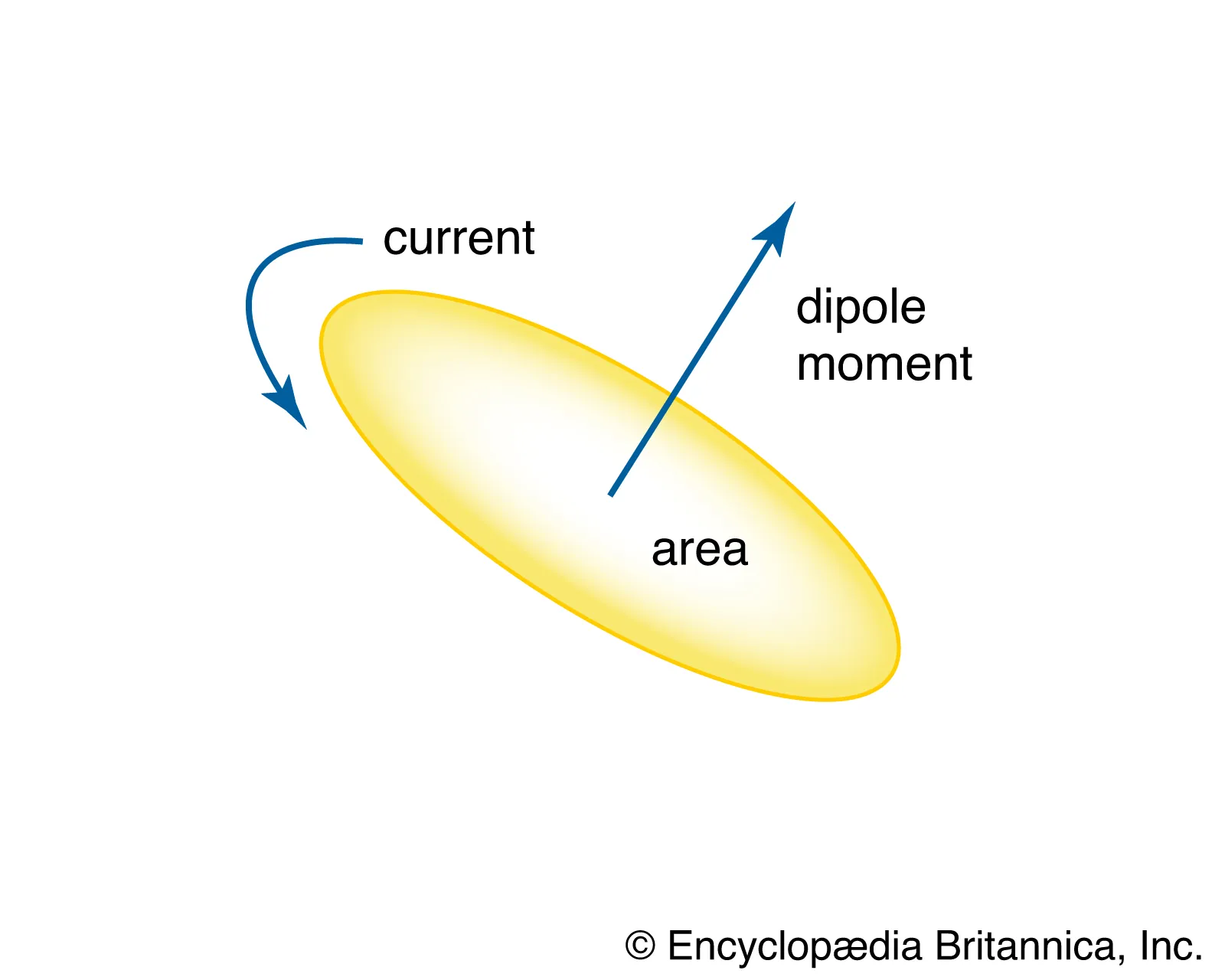Magnetic Permeability and Magnetic Dipole Moment
Magnetism plays a vital role in various aspects of physics, technology, and everyday life. Two essential properties that help us understand the field of magnetism are magnetic permeability and magnetic dipole moment. These concepts allow us to analyze how materials respond to magnetic fields and explain the fundamental behavior of magnetic materials. In this guide, we will explore these properties in depth and discuss their implications in science and technology.
Magnetic Permeability
Magnetic permeability (μ) quantifies a material’s ability to support the formation of a magnetic field within itself. In simpler terms, it describes how easily a material can be magnetized when exposed to an external magnetic field.

Magnetic Permeability of Free Space
Definition: The magnetic permeability of free space, also known as the vacuum permeability (μ₀), represents the ability of a vacuum to support a magnetic field.
Constant Value:
This constant appears in fundamental equations, such as Ampere’s Law and Maxwell’s equations, describing magnetic fields in free space.
Magnetic Permeability of Materials
The magnetic permeability of materials differs from that of free space. Each material has a unique permeability value influenced by:
Composition: Different atomic structures result in varying magnetic behaviors.
External Conditions: Factors such as temperature and pressure can alter a material’s magnetic properties.
External Magnetic Fields: Strong external fields can change the material’s magnetization response.
Types of Magnetic Materials Based on Permeability
Diamagnetic Materials:
Exhibit negative permeability.
Weakly repelled by magnetic fields.
Examples: Bismuth, copper, and gold.
Paramagnetic Materials:
Slightly positive permeability.
Weakly attracted to magnetic fields.
Examples: Aluminum, platinum, and tungsten.
Ferromagnetic Materials:
Very high permeability.
Strongly attracted to magnetic fields.
Examples: Iron, cobalt, and nickel.
Applications of Magnetic Permeability
Transformer Cores:
Materials with high permeability are used to enhance magnetic field efficiency.
Electromagnetic Shielding:
Diamagnetic materials help shield sensitive equipment from magnetic interference.
Magnetic Storage Devices:
Permeability influences the design of magnetic tapes and hard drives.
Magnetic Dipole Moment
The magnetic dipole moment is a measure of the strength and orientation of a magnetic source. It explains why certain materials exhibit magnetic properties and how they interact with external magnetic fields.

What Is a Magnetic Dipole Moment?
Definition: The magnetic dipole moment (μ) represents the torque a magnetic source experiences in an external magnetic field.
Formula:
Where:
: Current (A)
: Area of the current loop (m²)
Fundamental Sources of Magnetic Dipole Moments
Atomic Level:
Electrons: Spinning and orbiting electrons generate magnetic moments.
Protons and Neutrons: Contribute smaller magnetic moments due to nuclear spin.
Material Level:
Alignment of atomic dipoles leads to macroscopic magnetic behavior.
Types of Magnetic Behavior
Ferromagnetic Materials:
Permanent magnetic dipoles align spontaneously.
Retain magnetism even after the external field is removed.
Paramagnetic Materials:
Magnetic dipoles align only in the presence of an external magnetic field.
Lose alignment once the field is removed.
Diamagnetic Materials:
Induced dipole moments oppose the external magnetic field.
Result in weak repulsion.
Magnetic Dipole Moment in Practical Applications
Permanent Magnets:
Strong dipole moments result in powerful magnetic fields.
Electric Motors:
Utilize dipole moments to convert electrical energy into mechanical motion.
Magnetic Resonance Imaging (MRI):
Relies on nuclear dipole moments to generate detailed body scans.
Interaction Between Magnetic Permeability and Magnetic Dipole Moment
Magnetic permeability and magnetic dipole moment are closely related:
High Permeability Materials:
Enhance the alignment of magnetic dipoles.
Result in stronger magnetic fields.
Low Permeability Materials:
Resist alignment of dipoles.
Exhibit weaker magnetic fields.
External Influences:
External fields can alter permeability and dipole moment alignment.
Comparison Table: Permeability and Dipole Moment
| Property | Magnetic Permeability | Magnetic Dipole Moment |
|---|---|---|
| Definition | Ability of a material to support magnetization. | Measure of the strength and orientation of a magnetic source. |
| Units | Tesla meter per ampere (T m/A) | Ampere square meter (A·m²) |
| Material Types | Diamagnetic, paramagnetic, ferromagnetic | Ferromagnetic, paramagnetic, diamagnetic |
| Influencing Factors | Composition, temperature, external fields | Composition, temperature, magnetic history |
| Applications | Transformers, shielding, storage devices | Motors, magnets, MRI machines |
Conclusion
Understanding magnetic permeability and magnetic dipole moment provides insights into the fundamental principles of magnetism and its applications in science and technology. From designing efficient motors to improving data storage, these concepts are at the heart of innovation in modern engineering. With a solid grasp of these properties, you can unlock a deeper appreciation for the magnetic phenomena that shape our world.







